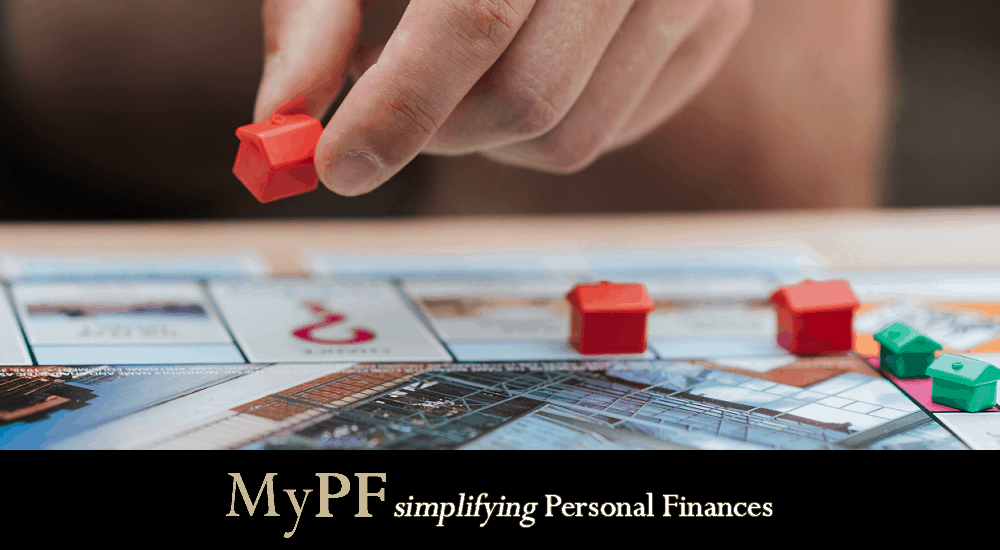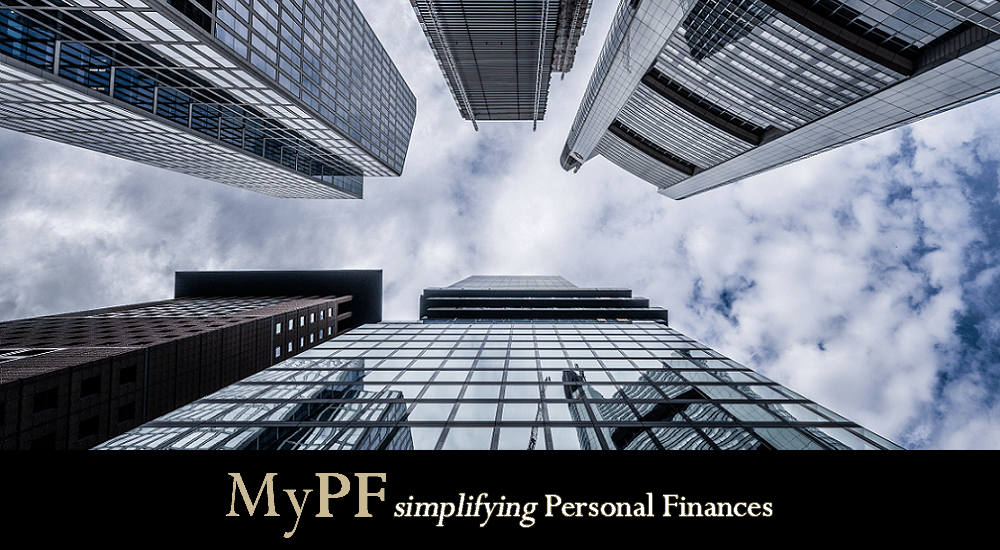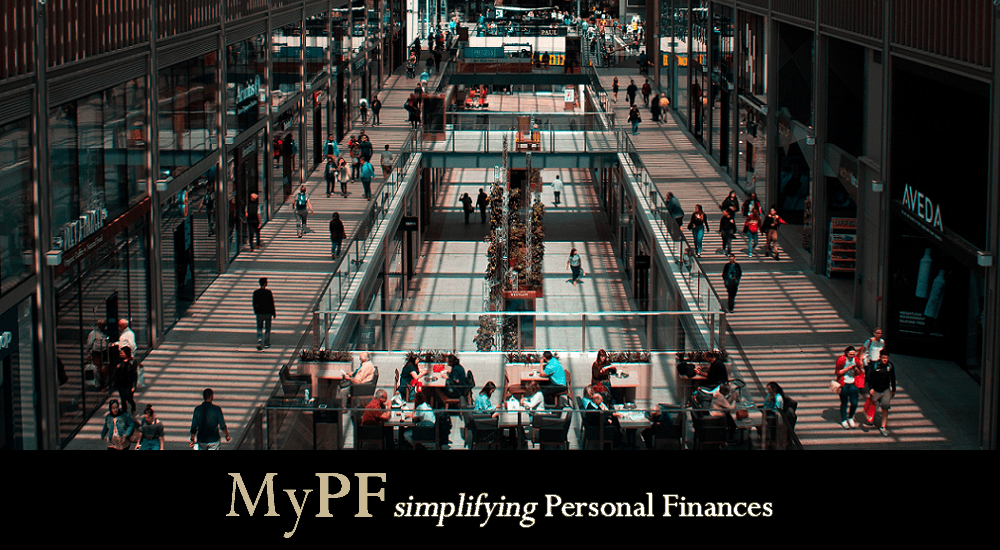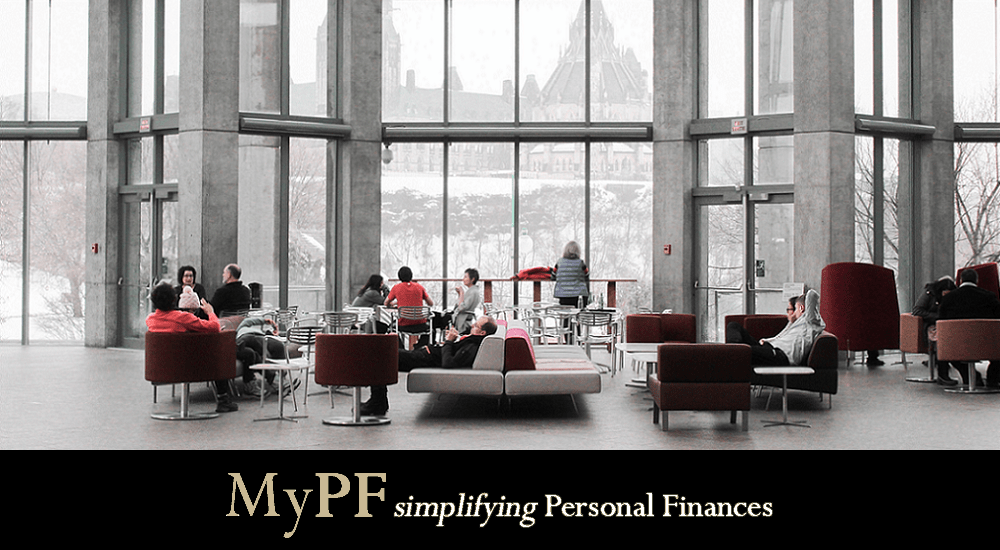Why limit yourself to only residential property investment when you can also consider commercial property investment.
When the average Malaysian considers investing in property, they commonly restrict their reach to residential properties. It is worth exploring commercial properties too. Why? Because commercial real estate’s sales and equity gains are much greater, although the risks are higher compared to residential properties.
Because of the assumed higher risk, commercial property may have substantial cash flow advantages, higher rental protection due to longer rental terms and less ongoing expenses.
If you do your homework, practice due diligence and consider the risks involved, a valuable addition to your property portfolio maybe commercial real estate, an option that you might not have had on your radar before. Estate planning in Malaysia has it’s perks, investment-wise.
Contents
Consideration #1. Location
As cliche as it might sound, when it comes to zeroing in on a commercial property, the location continues to be a key criterion.
In any area when it comes to commercial leasing or buying, there are the preferred and the not-so-preferred’ micro markets. Location, of course, depends on many other variables, such as accessibility, proximity to key hubs, planned improvements in infrastructure, and these should be carefully assessed.
If an established micro-market is starting to show saturation, if the infrastructure and other criteria are supported, an ’emerging’ corridor can be assessed thoroughly. This not only makes for a successful investment but can also ensure long-term capital appreciation.
When investing in any residential property, the location is the most significant element. When it comes to investment in commercial property, you need to select the place with a higher target market. The distance between the end-user and suppliers for efficient accessibility is important to remember. To run the company successfully, connectivity via road, rail or water transport is also needed.
Consideration #2. Continual marketability
A good building with a great position will undoubtedly see traction, thereby ensuring the investor’s robust cash flows.
A good building should be able to survive churn, however, and continue to be ready for new tenants and possibilities. For example, a building that demonstrates superior technological standards and is as close to the current design and structure trends as possible. In current times, factors such as green building certifications are a bonus. Environmentally sustainable and energy-efficient utilities should be included.
If multi-tenanted, management of the common area needs to be ‘top-notch’ with responsible owners or organizations professionally handled. The Corpus Fund should be operated separately to handle requirements or to repair capital equipment. Moreover, before placing pen to paper, the community area maintenance and management should be fully understood.
If you are purchasing a commercial property that has already been developed, ask the owner about the type of company they are operating and the reason for selling it. You will get an idea of the wear and tear of the property and the maintenance necessary in the future by visiting the property. The resale value or rent that could be received in the future will also help to explain this.
Consideration #3. Amenities
Not only is it sufficient to look at the property alone. Check if there are other critical facilities, such as parking spaces, lifts, security, etc. Such services will not only operate the business but will also add to the resale value in the future or decide a better rental rate.
Although the existence of facilities in a building may be attributed to a certain premium, its benefits appear to override the cost. If there is a possibility of paying up for better facilities as a marketing differentiator, go for it. For example, purchasing dedicated car parking spaces in front of your commercial lot.
The presence of surrounding amenities would boost the marketability of the space, say a food court/necessary retail on a large campus, and it would be a good idea to invest in such alternatives.
Consideration #4. Documentation
As part of due diligence, all title-related records, licenses, building permits, taxes, utility bills, etc., should be carefully reviewed by a senior legal official.
A detailed understanding of the contract, particularly the covenants/obligations of the lessor, should be undertaken if the property is tenanted. This will make sure that in the future there are no surprises. Checking the existence of mortgages secured against the property would be completely necessary.
Consideration #5. Market dynamics
It will help to understand current trends, the real market results over the past three to five years, the projected outlook, tenant profile and vintage, rent rolls and any other data that would provide insight about the financials at the end of the day, as this would be yet another number game.
It is important to understand the lease contract if the property is a tenant, particularly details such as lease expiry, lock-in date, escalations, etc. For both of these, a good real estate agent should be engaged to allow for well-informed decision making.
Consideration #6. Competing supply
Occasionally, development cycles contribute to an over-supply of commercial properties.
An examination of new building permits and other housing statistics can give a feeling as to whether the property is in a reasonably stable market or one where competitive properties are likely to come online soon. Local or regional regulations such as zoning, building codes, and environmental impact assessments and fees also affect construction. Such constraints can cause local price inflation to be higher than in other areas over the long term.
Consideration #7. Vacancy rates
Complexes with vacancy rates of more than 7-8% tend to be either in an adverse business area or in need of rehabilitation or other re-positioning. However often, such negative statistics are clearly due to bad management.
Multi-tenanted buildings are management-intensive, and tenant relationships, proper care, and the display and leasing of space are core elements of the duties of the property manager. An analysis of current and historical rates of occupancy, both for property and for comparable properties in the region, may give an investor a clearer understanding of the future competitiveness of a property.
Consideration #8. Interest rates
Typically, investors borrow money from the bank so they can fund their investments. If interest rates go up, it means that it costs more to borrow. That’s if you are just evaluating interest rates. We need to take a look at the broader picture, however.
First of all, because of the change in economic conditions, interest rates are rising. Additionally, increasing interest rates are also correlated with inflation. As inflation means higher prices of goods and services, it also implies that commercial real estate is more costly.
You May Also Like
- Is It A Bad Idea to Invest in Property in Malaysia Right Now?
- What is The Outlook on The Local Property Sector Amidst Such Challenging Times? {Members}
- To Buy or Rent Property?
- How to Start Buying Property
- How does P2P Property Crowdfunding Work?
What other considerations do you look at before buying commercial properties?












Leave A Comment